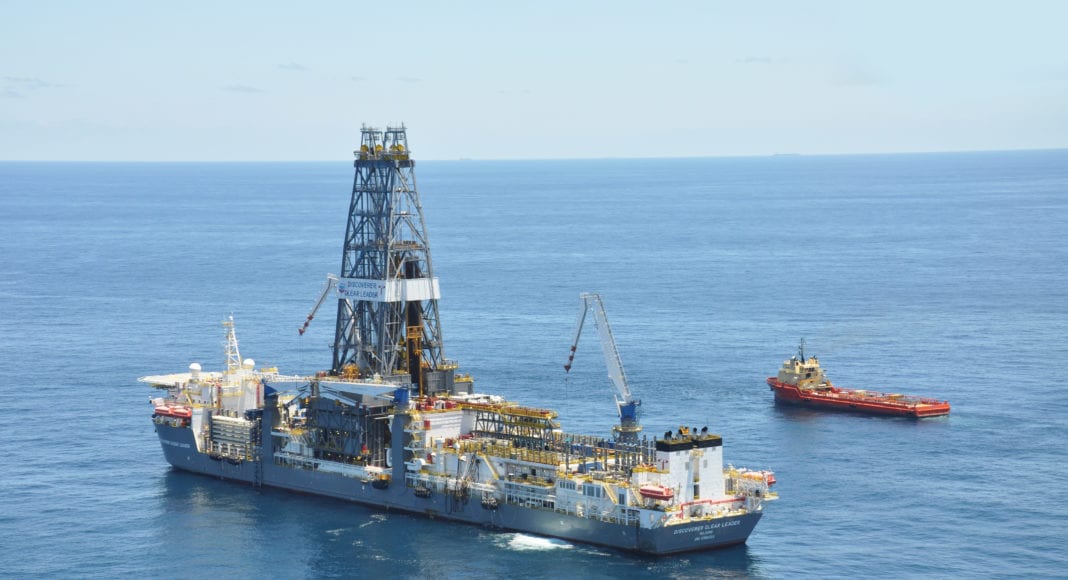Oil and gas exploration activities remain resilient even after a devastating year that saw investments declining by more than 30%, widespread shut-ins, and well over 100 bankruptcy filings. But after the gloom of 2020 oil and gas demand recovery – supported by vaccination efforts and OPEC+ supply cuts – is proving good for drilling activity.
Rystad Energy said in newly published report that it expects around 54,000 wells to be drilled worldwide in 2021, a 12% increase from 2020 levels. In 2022 drilling is set to increase even more, by another 19% year-on-year to about 64,500 wells, though activity will still fall short of the 73,000 wells drilled in 2019.
“In the offshore segment, we expect drilling activity to increase year-on-year by about 10% in both 2021 and 2022,” the consultancy group said. “This will bring the number of offshore wells drilled to nearly 2,500 this year, from less than 2,300 in 2020, and we forecast that the corresponding number for 2022 will surpass 2,700.”
Rystad Energy said such a healthy recovery is in fact poised to propel offshore drilling activity beyond pre-pandemic levels during the next two years, as the number of offshore wells drilled globally in 2019 was just shy of 2,500. This means the recovery of offshore drilling will already happen in 2021, with 2022 being a year of further growth.
For offshore drilling activity, the deepwater markets in Europe and Africa are expected to remain relatively stagnant compared to other top regions in 2021. In Europe, this comes after a strong year of activity in 2020, driven by high project sanctioning activity from 2017 through 2019.
“Most of the deepwater growth comes from North and South America, where Brazil, Guyana and Mexico are the most prominent drivers of the upswing,” Rystad Energy said.
In Guyana, U.S oil major ExxonMobil is embarking on an aggressive exploration and appraisal drilling programme that will see over a dozen wells being drilled this year with some testing new plays outside of the prolific Stabroek block.
The company has already drilled the Bulletwood-1 prospect at the Canje block which failed to deliver commercial hydrocarbons and has since spudded another prospect on the block – Jabillo-1 – and is expected to drill yet a third well in the area at Sapote-1 before the end of the year.
Over at Stabroek block, exploration drilling activities started at Koebi-1 and this is expected to be followed by Whiptail-1 in May. Whiptail is said to be “a very large structure” and depending on its success, Exxon and the Stabroek block co-venturers, Hess and CNOOC, will determine the next order for exploration wells.
The appraisal drilling at Stabroek will fill out the mosaic of potential on the block and is being done with the objective of getting deeper penetrations in the Santonian play. This will allow for a better understanding of the reservoirs since that geological layer is 3000 feet deeper than the Campanian.
“So far, we had four penetrations in the Santonian, and all have been good quality oil and reservoirs. Now we need actual rock data and physical data to be able to fine-tune the seismic further and better tease out where the oil is,” Hess’ Chief Operating Officer (COO), Greg Hill recently said. He was keen to note that appraisals which are planned for Uaru, Mako, and Longtail which will happen between now and May will help to underpin future development beyond Yellowtail. The Yellowtail area contains oily fluids similar to those of the Liza discovery which Exxon made back in 2015.




